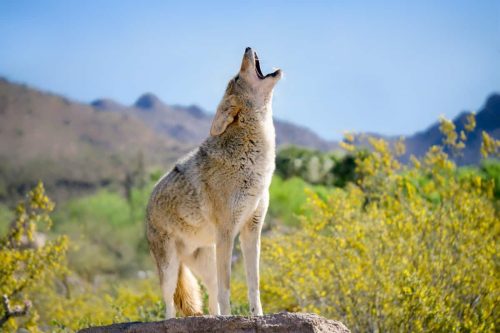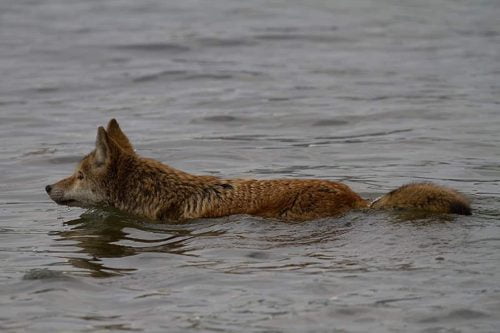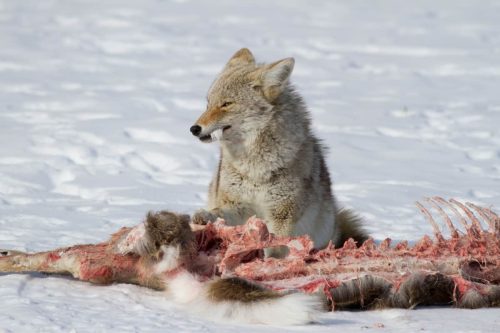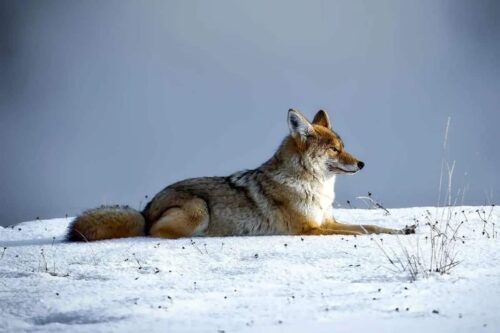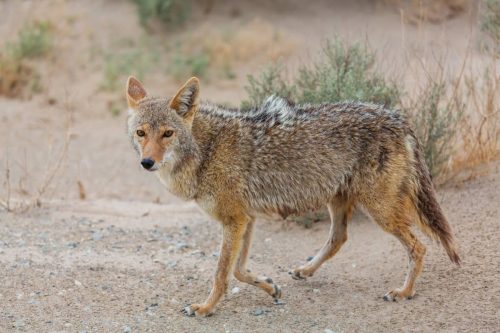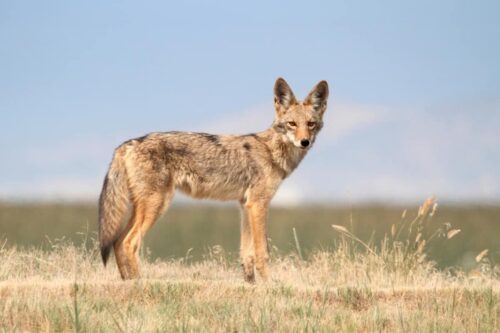Coyotes In Virginia: History, Ecology & Hunting Regulations
Coyotes have become increasingly common in Virginia over the past few decades. They are now found throughout the state, including both rural and urban areas. They are primarily nocturnal but sometimes they also remain active during the day, especially in the months of summer and spring season. In these months, they have to collect feed for their pups. The population of the coyotes in Virginia is continuously growing day by day and they are available now throughout the common-wealth areas.
That’s why they have become a very major concern of the state as the conflict between coyotes with human population and other animals is also rising day by day. It is very important to understand the behavior of these animals to deal with them properly. In this article, we are going to explain the social behavior of the coyotes in Virginia in detail and clear up all your confusion about them.
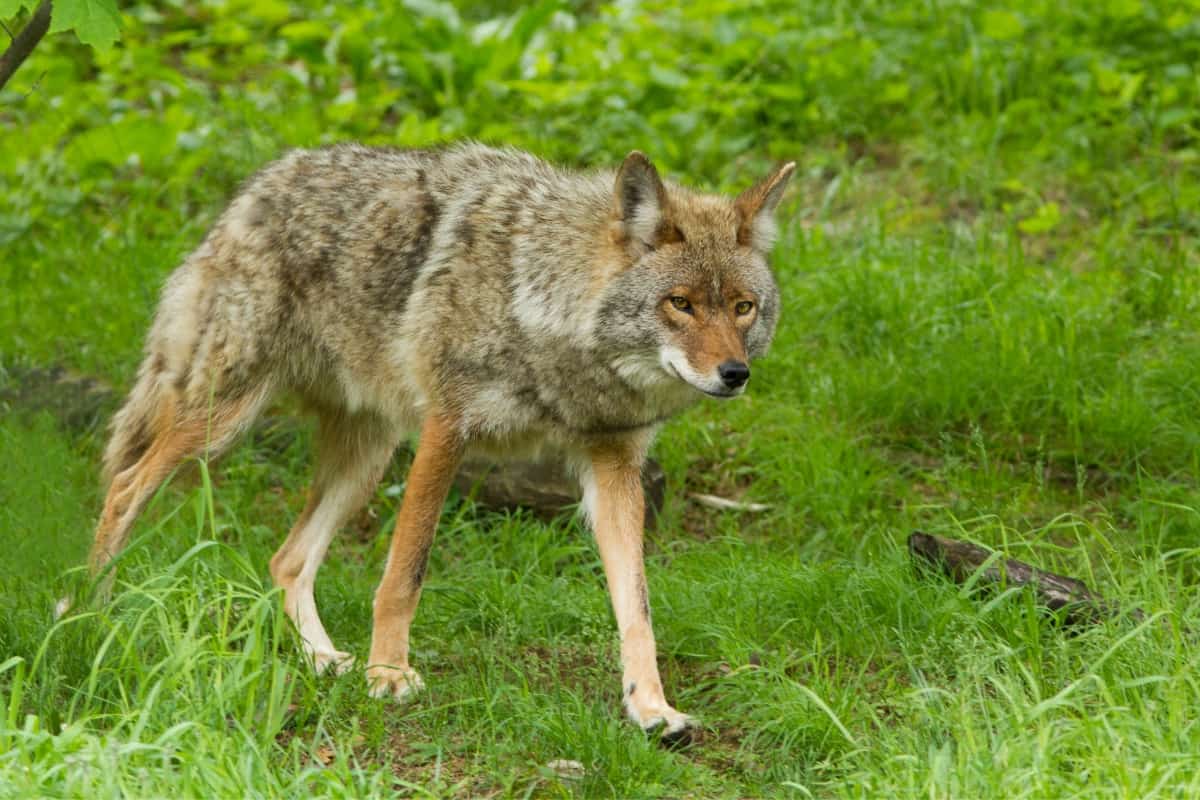
Contents
- Historical presence of coyotes in Virginia
- Distribution of Coyotes in Virginia
- Why the population of coyotes is continuously growing in Virginia?
- What do coyotes eat in Virginia?
- Impact of the coyote on the ecosystem of Virginia
- Rules and regulations for hunting coyotes in Virginia
- Frequently asked questions
- Conclusion
Historical presence of coyotes in Virginia
Coyotes were historically found in the western United States but have gradually expanded their range eastward. In Virginia, they are most prevalent in the western and central parts of the state but can be found in other regions as well. Coyotes mainly migrated from the western states and reached in Virginia in the early 1990s.
To reach these states, firstly these animals took the route of the Northern sides and reached Great Lake and then southern Canada. After these wild animals reached Texas by taking the southern route. They have made their last presence in the Mid-Atlantic states. Now, these animals are available in every county and in fact in every city of the state.
Also, read: Coyotes in South Dakota
Distribution of Coyotes in Virginia
The distribution and abundance of coyotes in Virginia have been steadily increasing over the years. Coyotes were historically found present in the western and central parts of the state but have since expanded their range to cover nearly the entire state.
Coyotes have made their way into eastern Virginia, including areas close to the Atlantic coastline. Their presence in this region has been reported in counties such as Accomack, Northampton, and others along the Eastern Shore. Coyotes are also abundant in central Virginia, including counties like Henrico, Chesterfield, and Hanover, which are part of the Greater Richmond metropolitan area.
The coyote population is well-established in Northern Virginia, including counties like Fairfax, Prince William, and Loudoun. Suburban and urban areas in this region have also seen an increase in coyote sightings. Moreover, Coyotes have long been present in western Virginia and are quite abundant in the mountainous and rural regions of the state.
In the southern side, Coyotes are also present in the southern part of the state as well, including counties such as Pittsylvania and Halifax.
Why the population of coyotes is continuously growing in Virginia?
The habitat of Virginia is highly suitable for the coyotes to live and survive for the long term in the state. The increasing distribution of coyotes in Virginia is attributed to several factors.
- Coyotes are highly adaptable and can thrive in various environments, including forests, grasslands, suburban neighborhoods, and even urban areas.
- Coyotes have few natural predators in Virginia, which allows their populations to grow.
- Coyotes are opportunistic feeders and can make use of a wide range of food sources, including small mammals, birds, insects, fruits, and even human food scraps.
- As human development continues to encroach upon natural habitats, coyotes have adapted to living in close proximity to human populations.
What do coyotes eat in Virginia?
Coyotes in Virginia, like coyotes in other regions, have a diverse and opportunistic diet. They are known to be highly adaptable omnivores, which means they eat a wide variety of foods based on what’s available in their habitat. Their diet in Virginia can include small mammals, birds, insects, carrions, human waste, pets feed, livestock, fruits, and vegetables.
Impact of the coyote on the ecosystem of Virginia
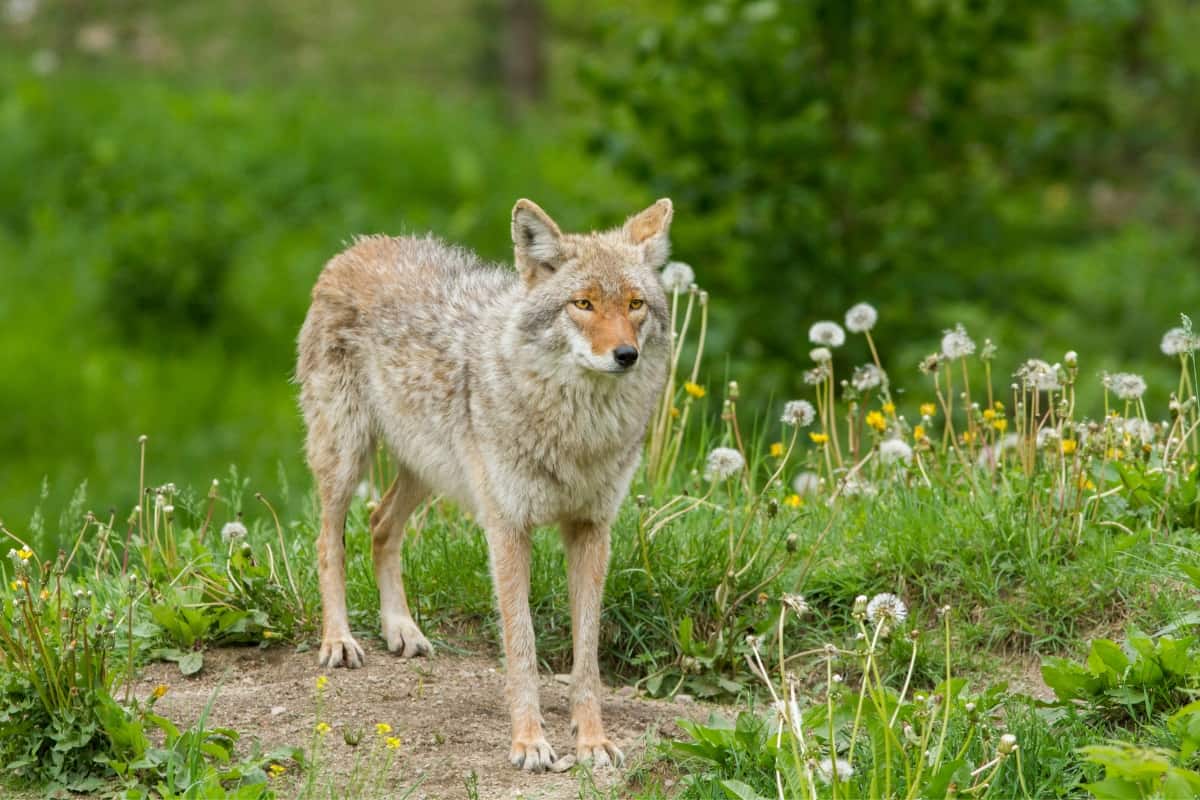
Coyotes have had several notable impacts on the ecology of Virginia, as they have expanded their range and become more abundant in the state. These impacts can have both direct and indirect effects on the ecosystem:
Predation on Small Mammals
Coyotes are effective predators of small mammals, including rodents like mice and voles. By keeping these populations in check, they help maintain a balance in the ecosystem. This can have cascading effects on vegetation, as reduced rodent populations can limit their impact on plants.
Control of Mesopredators
Coyotes often compete with and sometimes prey upon smaller predators like raccoons and foxes. This can lead to a decrease in mesopredator populations, which, in turn, can have positive effects on prey species such as birds and ground-nesting animals.
Impact on Bird Populations
Coyotes can prey on ground-nesting birds and their eggs, which can have local impacts on bird populations. However, they may also help control populations of bird predators like raccoons, which can ultimately benefit bird species.
Scavenging Carrion
Coyotes are scavengers and often feed on carrion, including roadkill. This scavenging helps clean up dead animals from the environment, reducing the risk of disease transmission and maintaining ecosystem health.
Dietary Flexibility
Coyotes are omnivores and consume a wide range of foods, including fruits and vegetation. This dietary flexibility allows them to adapt to changing food availability, which can be essential in maintaining ecological balance during times of food scarcity.
Impact on Feral and Invasive Species
Coyotes can prey on feral cats and other invasive species, which can help control their populations. In this way, they can indirectly contribute to the conservation of native wildlife.
Human-Wildlife Conflicts
While coyotes play a role in the ecosystem, they can also come into conflict with humans, particularly in suburban and urban areas. This can lead to concerns about pet predation and the need for wildlife management strategies.
It’s important to note that the ecological impacts of coyotes can vary depending on factors such as local habitat, prey availability, and the presence of other predators. In some cases, their presence may have positive effects on ecosystem health by helping to control certain species. However, in other situations, conflicts with humans or predation on specific species of concern may arise.
Rules and regulations for hunting coyotes in Virginia
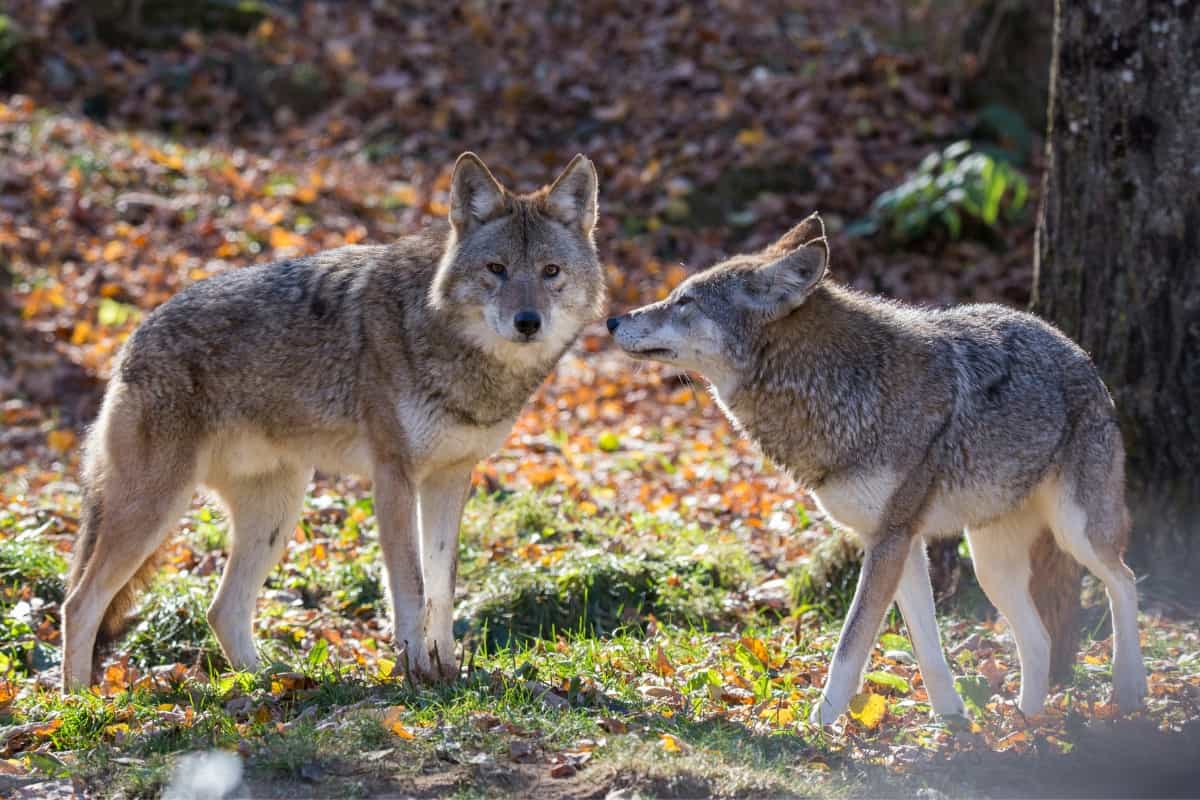
There are no hard and fast rules for the hunting of coyotes in Virginia. Coyotes have a very stable population throughout the state of Virginia and it has been roughly estimated that these animals are roughly above 50k in numbers throughout the state.
Coyotes don’t have a good reputation in Virginia and you can hunt them down throughout the year without having any requirement of the license. You can hunt them down from 1st of the September till the 10th of March. The hunting of the coyote is also allowed in the Turkey season.
Debunk the myth: Killing Coyotes Makes More Coyotes
General regulations regarding hunting
- Suppressors are allowed to be utilized for hunting purposes.
- It is not allowed to feed wild animals if it results in endangering people, property damage, or creating public health concerns.
- Electronic callers are legally allowed to be utilized for hunting purposes. You may also deploy on private lands and public property.
- All kinds of lights like night vision, infrared and thermal riflescopes, are allowed to be utilized for hunting purposes even on private lands.
- There is no time limit. You may hunt them down either in the daytime or nighttime.
- It is allowed to hunt them down on Sundays in the regular hunting season. However, it is not allowed to hunt wild animals or any wild birds with firearms and guns. You can also not hunt deer with the weapons like firearms and guns.
Frequently asked questions
Conclusion
In the heart of Virginia’s diverse landscapes, from the rolling mountains to the bustling suburbs, coyotes have carved their place as resilient and adaptive residents. Coyotes are an integral part of Virginia’s ecosystem. They play a vital role in controlling populations of small mammals and contributing to the balance of nature. Understanding their behavior and ecological impact is essential for effective wildlife management.
The presence of coyotes in Virginia challenges our perceptions and invites us to rethink our relationship with the wild. By respecting their place in the ecosystem and adopting responsible practices such as securing garbage and safeguarding pets, we can coexist peacefully with these remarkable creatures.

Izzy is an experienced ranch worker who has a passion for exploring nature and getting up close to wildlife. With her connections to various animal organizations, Izzy is well-versed in animal care and rehabilitation.

